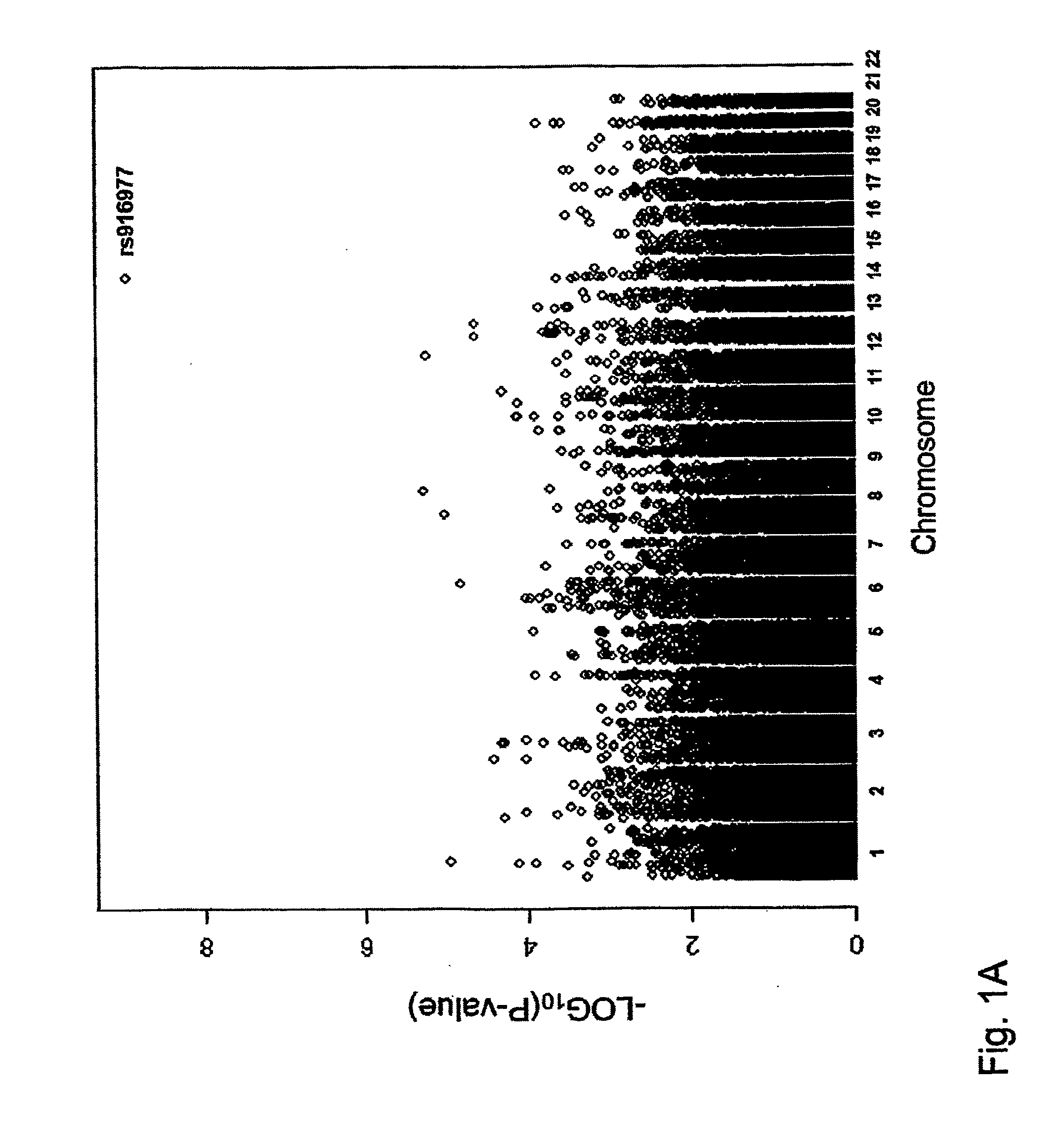Method to predict iris color
a technology of iris color and iris color, applied in the field of human genetics, can solve the problems of no relatives identified, no dna profile available for comparison, and no person who left the sample at the crime scene can be identified using genetic evidence (dna)
- Summary
- Abstract
- Description
- Claims
- Application Information
AI Technical Summary
Problems solved by technology
Method used
Image
Examples
examples
Material and Methods
[0059]Study Populations
[0060]The ERF Study Population
[0061]For the ERF study, all living descendants and spouses of 22 couples living in the Rucphen region of southwest Netherlands in the 19th century were invited. These couples parented a minimum of six children and their genealogical relationships are known up to the middle of the 18th century when the population was founded by approximately 150 individuals. The population now includes approximately 20,000 residents who show an increased linkage disequilibrium compared to outbred populations (Pardo et al., 2005; Service et al., 2006).
[0062]The Medical Ethics Committee of the Erasmus Medical Center approved the study protocol, and all participants provided written informed consent. Information on iris color was collected for all participants and genomic DNA was extracted from peripheral venous blood utilizing the salting out method (Miller et al. 1988). For the initial GWA screen, we selected 192 distantly relat...
PUM
| Property | Measurement | Unit |
|---|---|---|
| Tm | aaaaa | aaaaa |
| temperature | aaaaa | aaaaa |
| temperature | aaaaa | aaaaa |
Abstract
Description
Claims
Application Information
 Login to View More
Login to View More - R&D
- Intellectual Property
- Life Sciences
- Materials
- Tech Scout
- Unparalleled Data Quality
- Higher Quality Content
- 60% Fewer Hallucinations
Browse by: Latest US Patents, China's latest patents, Technical Efficacy Thesaurus, Application Domain, Technology Topic, Popular Technical Reports.
© 2025 PatSnap. All rights reserved.Legal|Privacy policy|Modern Slavery Act Transparency Statement|Sitemap|About US| Contact US: help@patsnap.com



